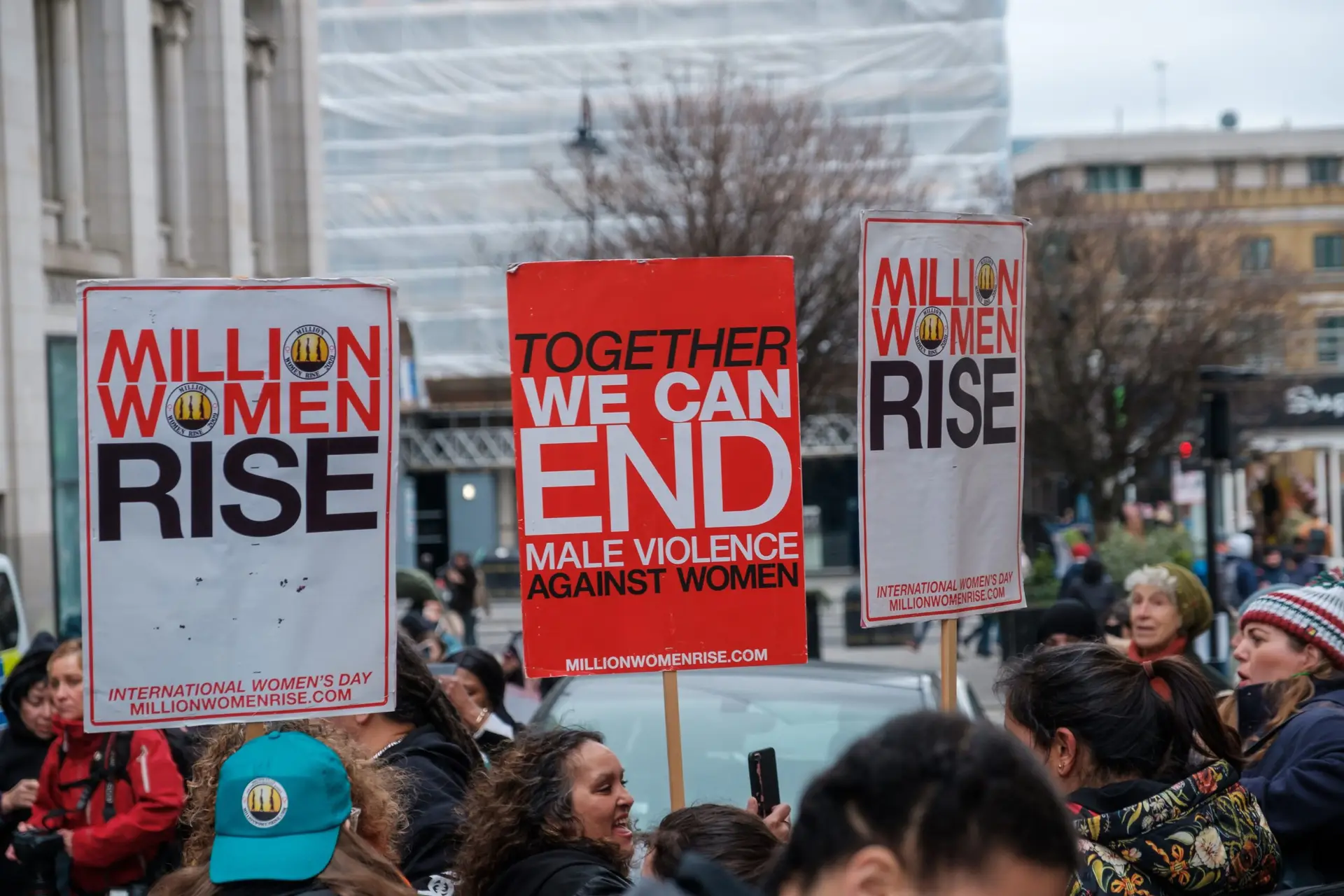Title: Silent Victims: Shedding Light on the Hidden Epidemic of Domestic Violence
Introduction:
Domestic violence is a quiet epidemic that affects millions of people worldwide; however, its victims often remain silent, trapped in their own homes and living in fear. Silent Victims sheds light on this hidden epidemic, bringing attention to the alarming rates of abuse happening behind closed doors. This article aims to raise awareness about domestic violence, its impact on victims, and the steps society can take to address this pressing issue.
Understanding Domestic Violence:
Domestic violence refers to a pattern of abusive behaviors perpetrated by an intimate partner, family member, or household member. It encompasses physical, emotional, sexual, and psychological abuse, as well as economic control. It knows no boundaries, affecting individuals across all demographics, irrespective of age, gender, race, or socioeconomic background.
The Impact on Victims:
Domestic violence has severe consequences for victims, both physically and mentally. Many endure physical injuries such as broken bones, bruises, and even death. Moreover, the emotional trauma inflicted is long-lasting and can result in low self-esteem, depression, anxiety disorders, and post-traumatic stress disorder (PTSD).
Children who witness domestic violence suffer indirect harm, experiencing emotional and psychological distress that can affect their overall well-being and future relationships. They may develop behavioral problems, struggle academically, and even perpetuate the cycle of violence in their own lives as adults.
The Hidden Nature of Domestic Violence:
One of the reasons domestic violence remains hidden is the fear that victims experience. Many are afraid of retribution from their abusers and worry about the impact on their children, financial stability, or social stigma. The abuser may perpetuate a cycle of control, isolating the victim from friends, family, and support networks, making it harder for them to disclose their situation.
Furthermore, cultural and societal norms often normalize violence against women, perpetuating the silence that surrounds domestic abuse. In many cases, victims may blame themselves, struggling with feelings of shame, guilt, and helplessness.
The Role of Society and Support Networks:
Addressing domestic violence requires collective action from society, support networks, and relevant stakeholders. It is crucial to foster a safe environment where victims feel empowered to speak out and seek help without fearing judgment or further harm.
Educational programs that challenge societal norms, raise awareness, and promote healthy relationships can play a pivotal role. This includes implementing comprehensive sex education in schools, offering training on recognizing and responding to domestic violence, and establishing safe spaces where victims can access resources and healing.
Legal intervention and enforcement are equally important. This entails implementing stricter laws against domestic violence, improving access to legal aid, and effectively prosecuting abusers to ensure justice for victims.
FAQs:
1. How can we identify signs of domestic violence?
Signs may include physical injuries, sudden changes in behavior, a strong desire to please the abuser, social isolation, and limited access to money or resources. Victims may display anxiety, depression, and self-blame.
2. Is domestic violence only limited to physical abuse?
No, domestic violence encompasses various forms of abuse, including emotional, sexual, psychological, and economic control. These abuse tactics can be just as damaging as physical violence.
3. What can I do if I suspect someone is a victim of domestic violence?
Show support and non-judgmental empathy to the victim. Encourage them to talk and offer resources such as helpline numbers or local organizations that provide assistance. Help them develop a safety plan and respect their decisions.
4. How can I help prevent domestic violence?
Supporting organizations involved in prevention efforts, volunteering, advocating for policy changes, and educating oneself and others about domestic violence are effective ways to contribute to prevention. Challenging harmful attitudes and behaviors within communities is also crucial.
5. What resources are available for victims of domestic violence?
Victims can access hotlines, counseling services, legal aid, and shelter programs offered by local organizations and NGOs. They can also seek support from friends, family, and support networks.
Conclusion:
Silent Victims aims to bring domestic violence out of the shadows and into the public discourse. It emphasizes the urgent need for a collective effort to address this hidden epidemic. By raising awareness, challenging societal norms, and providing support to victims, we can contribute to making a world where everyone lives free from the horrors of domestic violence. Together, we can create a society that safeguards victims and holds abusers accountable.





















